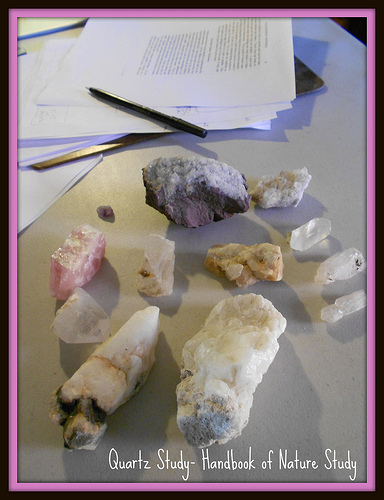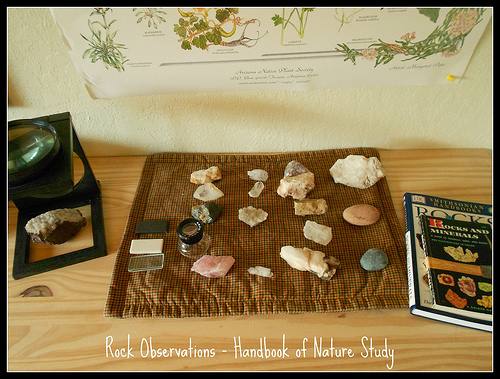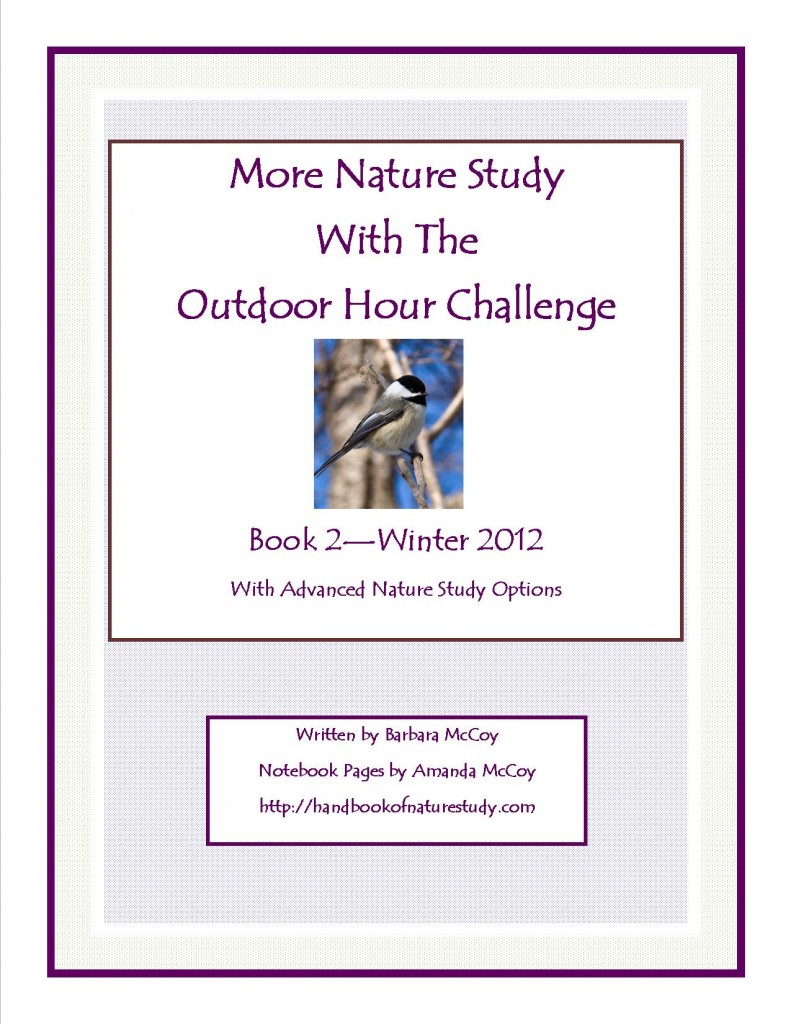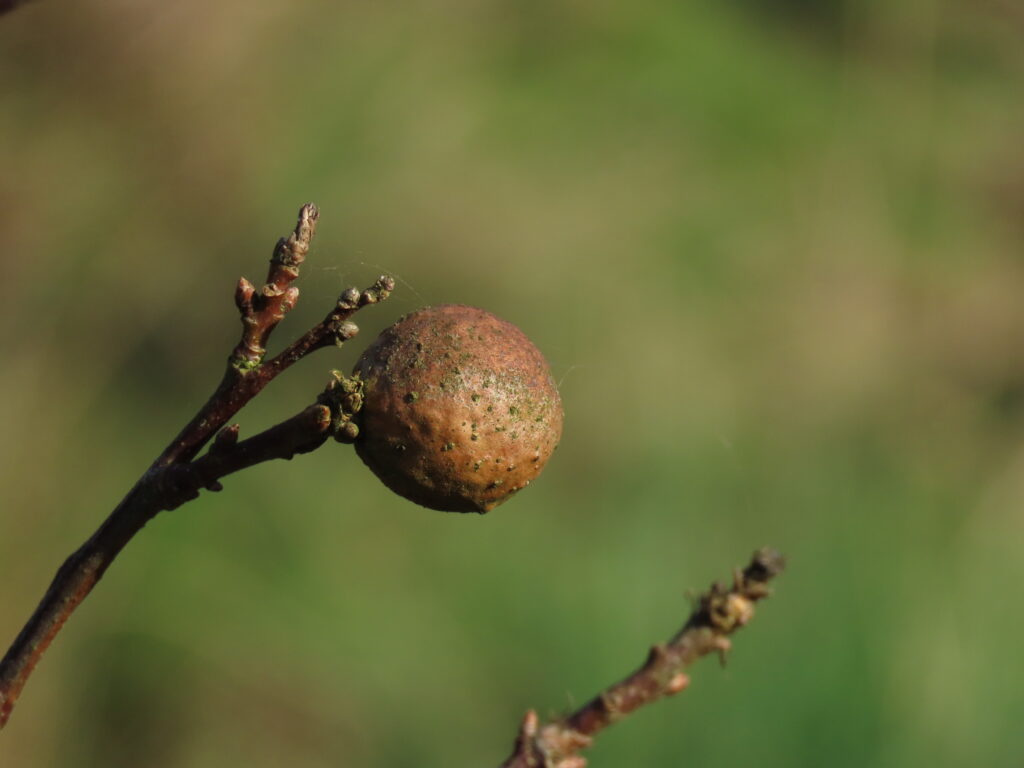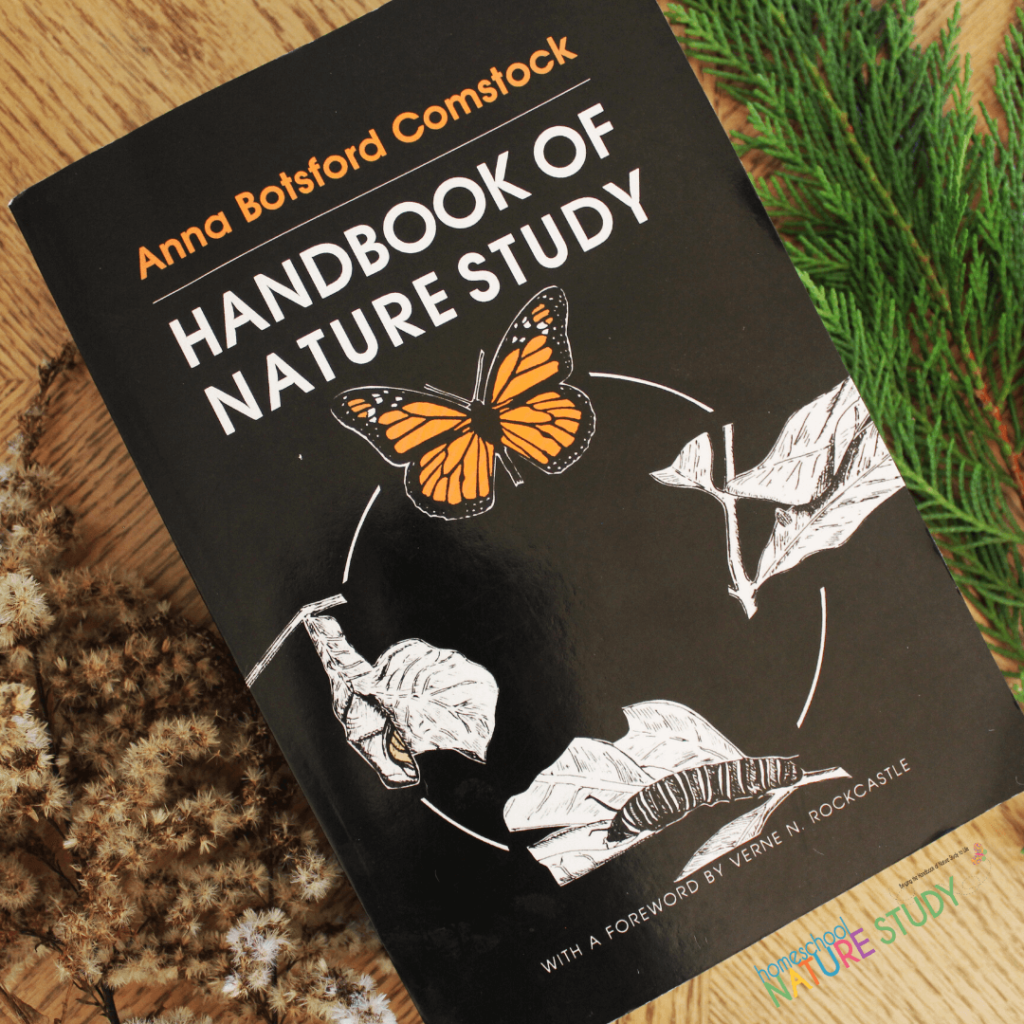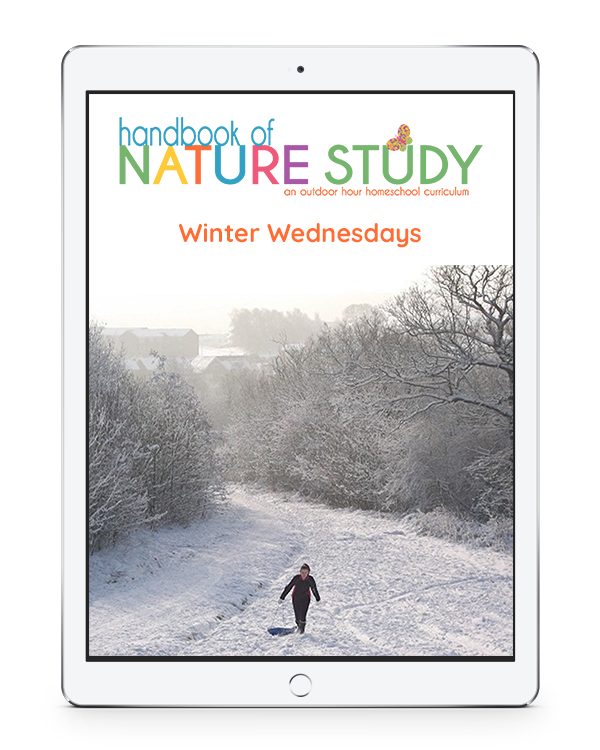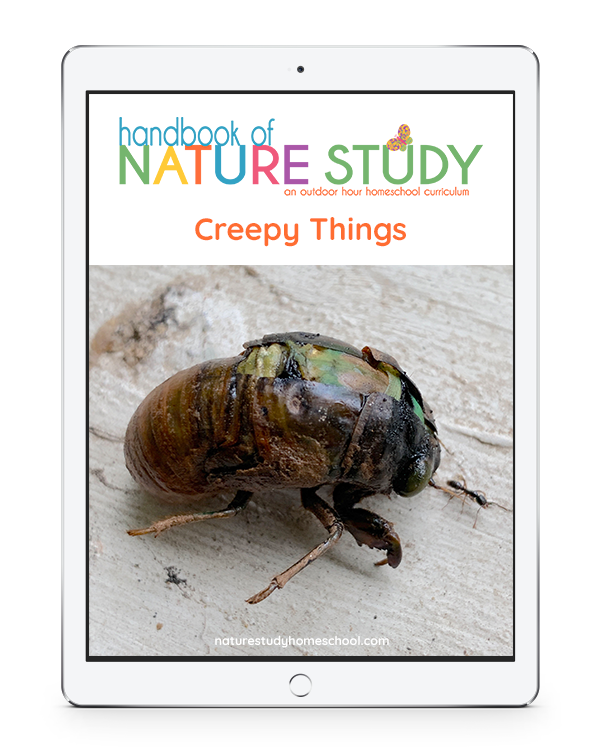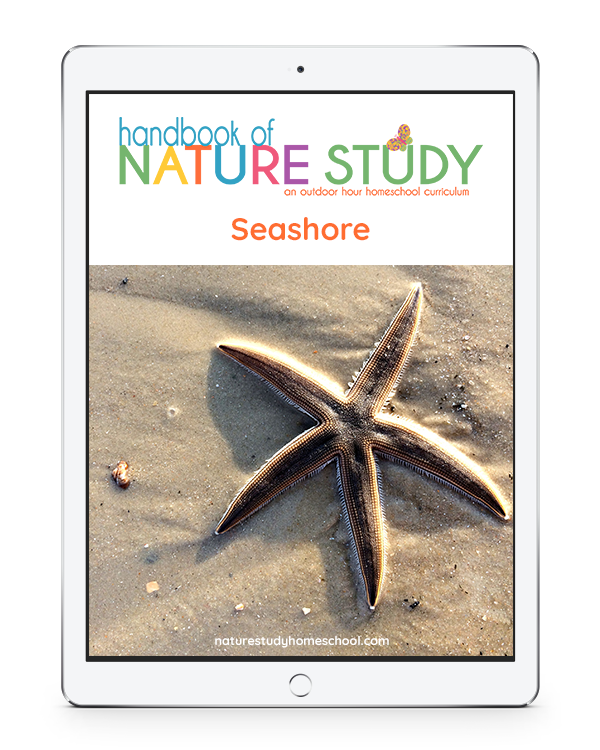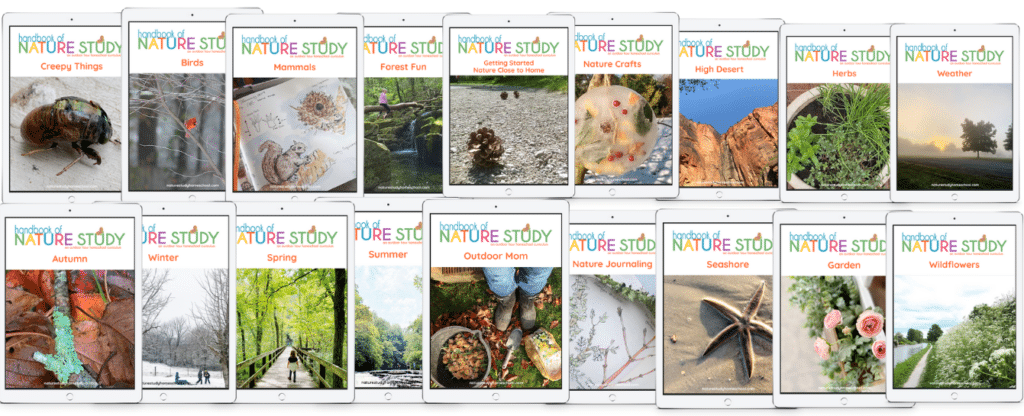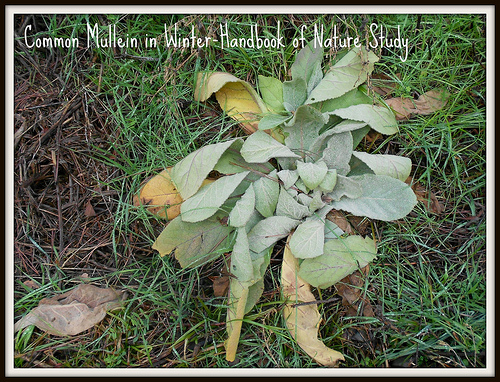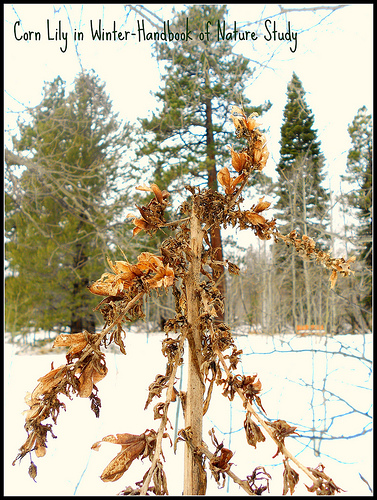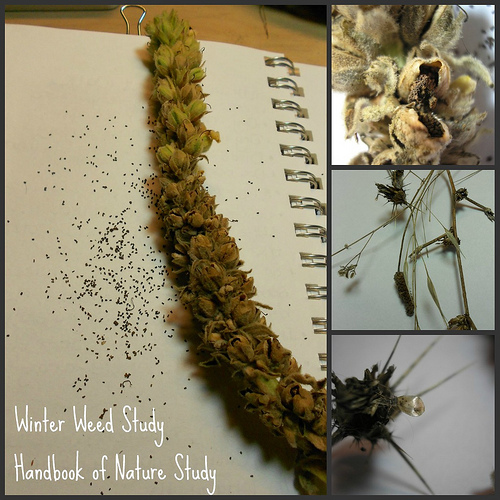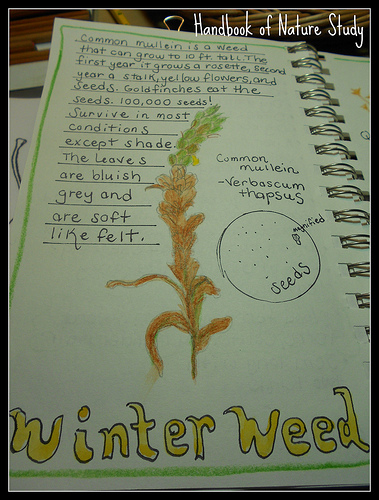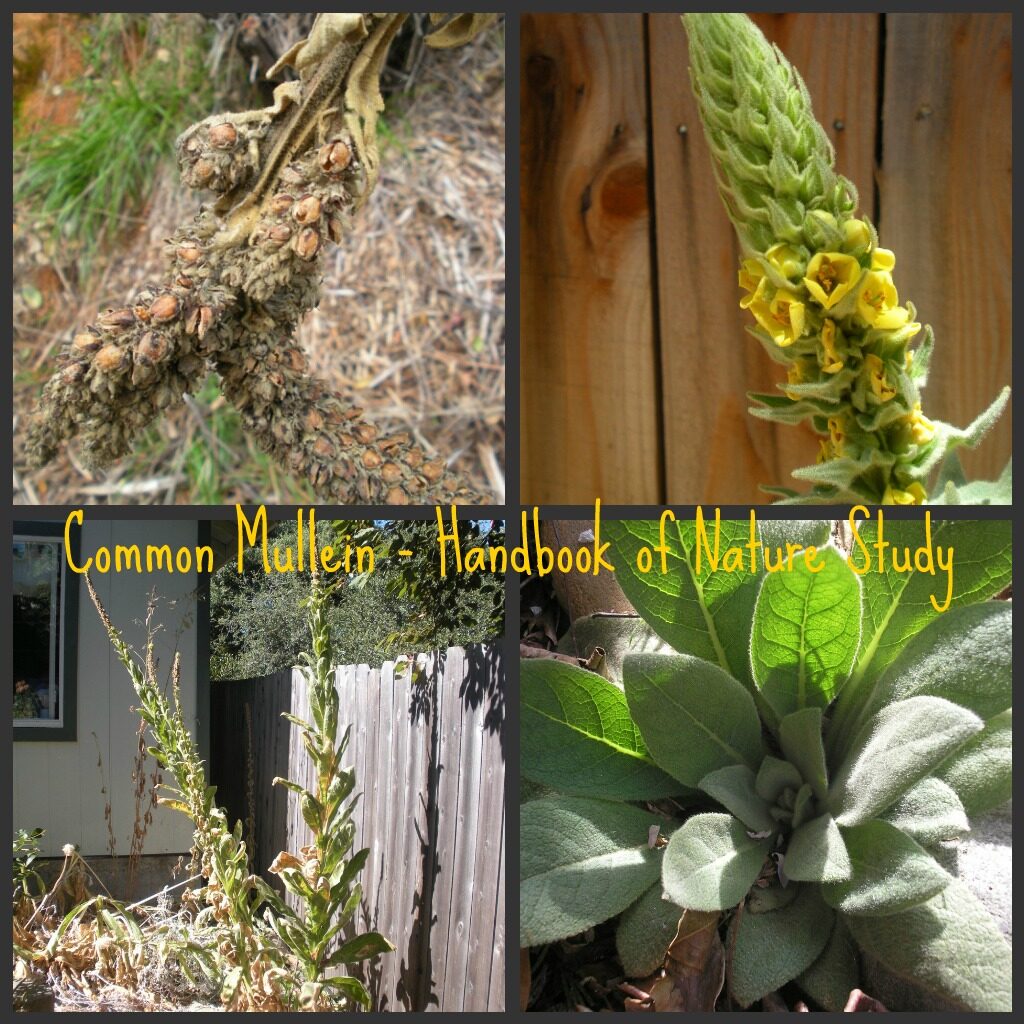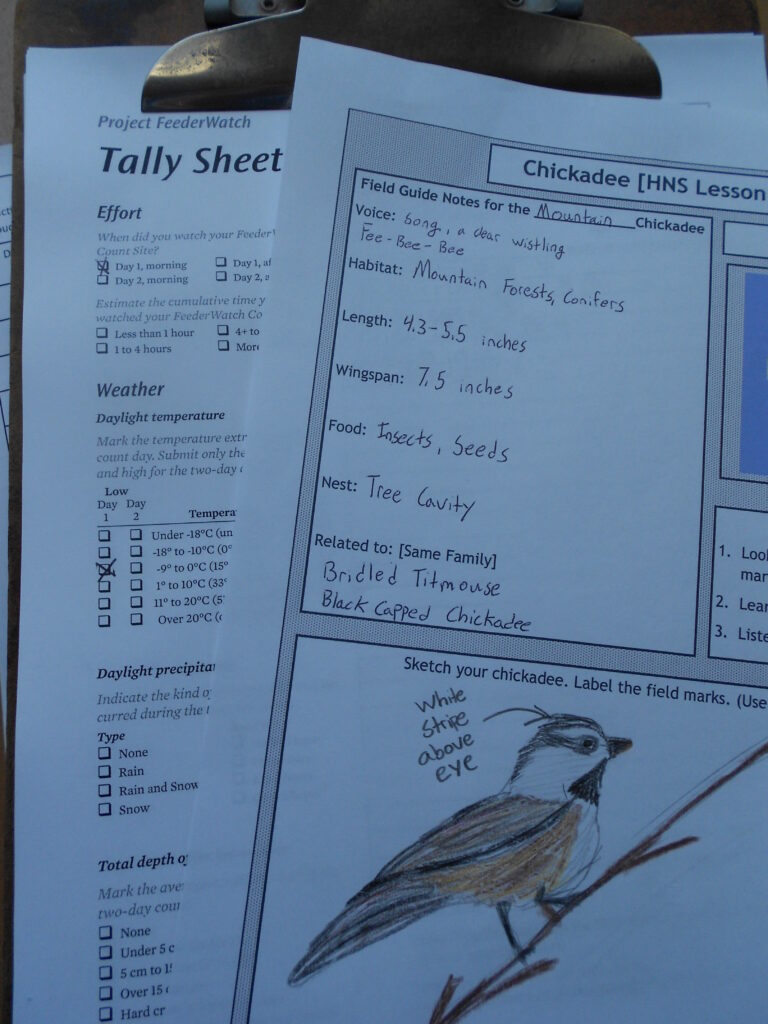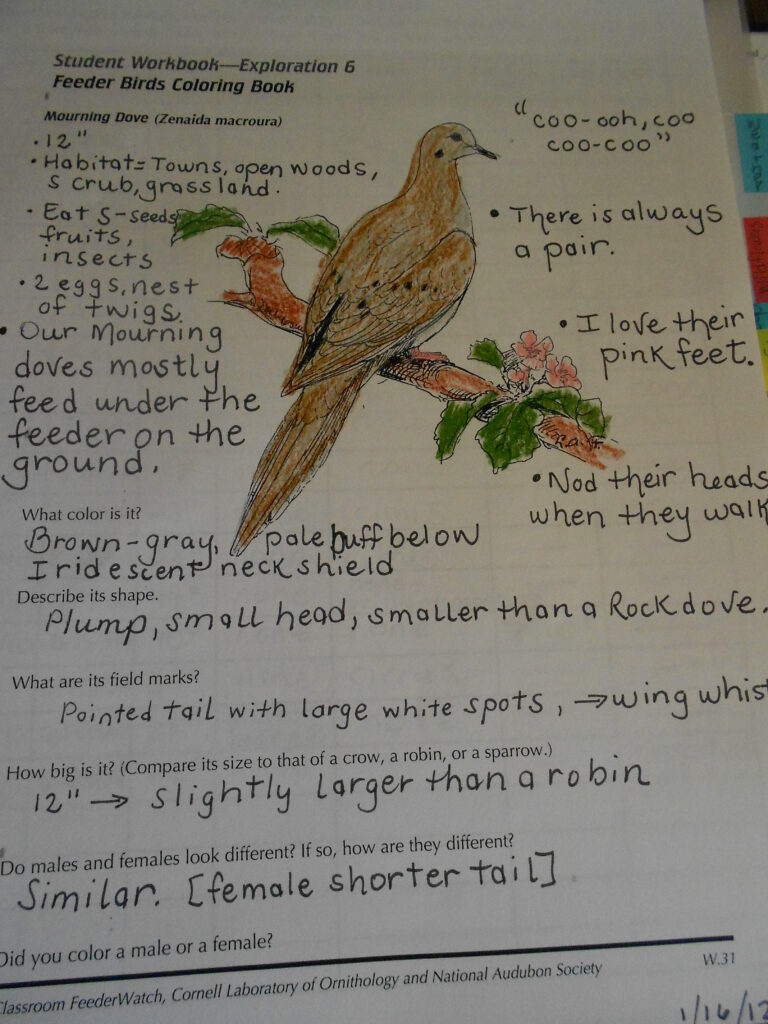Our gall study has been going on for several months now and we have gathered quite a few different kinds of galls during our hikes. Some of the galls are really small but once we know what we are looking for we can look for the signs on the oaks. During the winter, the galls are more noticeable because there are far fewer leaves to deal with. Our local forest is a mix of evergreen and deciduous oaks so we still have plenty of leaves to check but not as many as the middle of summer.
I think the key to finding galls is to know what you are looking for. Check the links in the original challenge if you have any trouble getting started.
The California Gall Wasp is only 1/8″ to 1/4″ in size…far too small to probably ever be recognized or identified but we do know what their gall looks like. It is the big gall in the top image and you can clearly see the exit holes. Fascinating stuff.
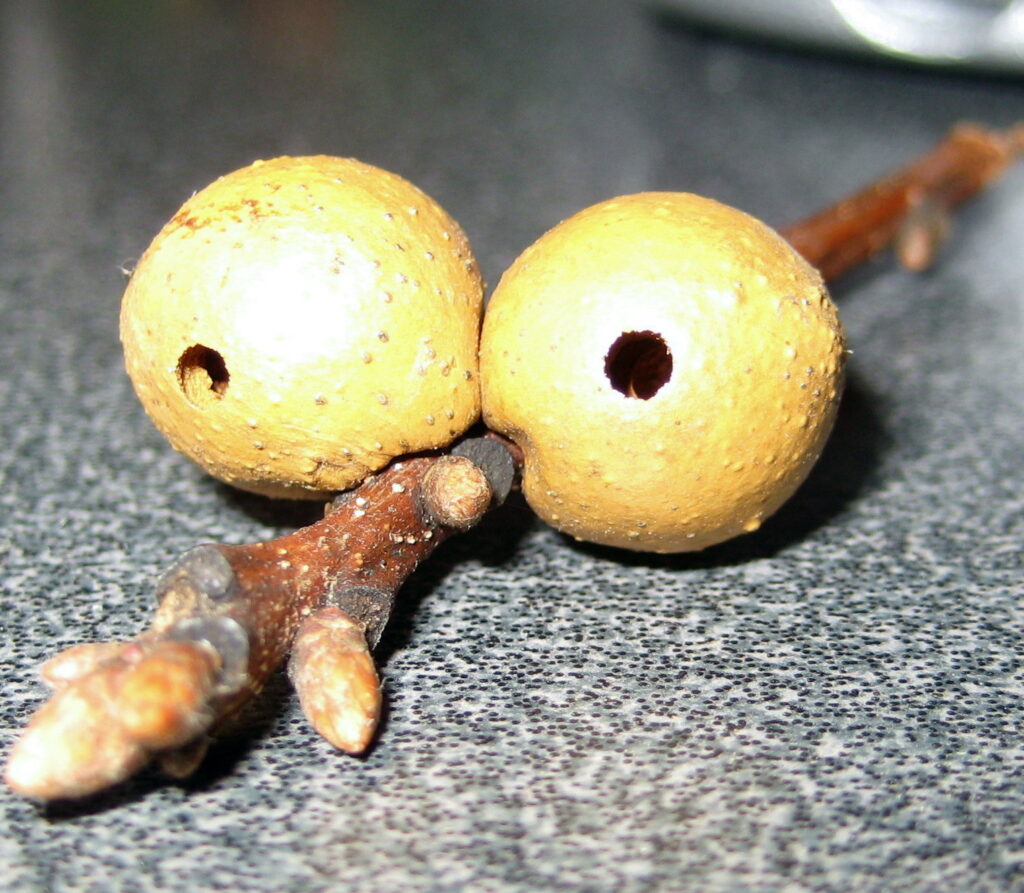
We took time to observe the smaller galls under our microscope. It truly is a completely different world under the lens of a microscope. Amazing…even a hand lens will open that world up.
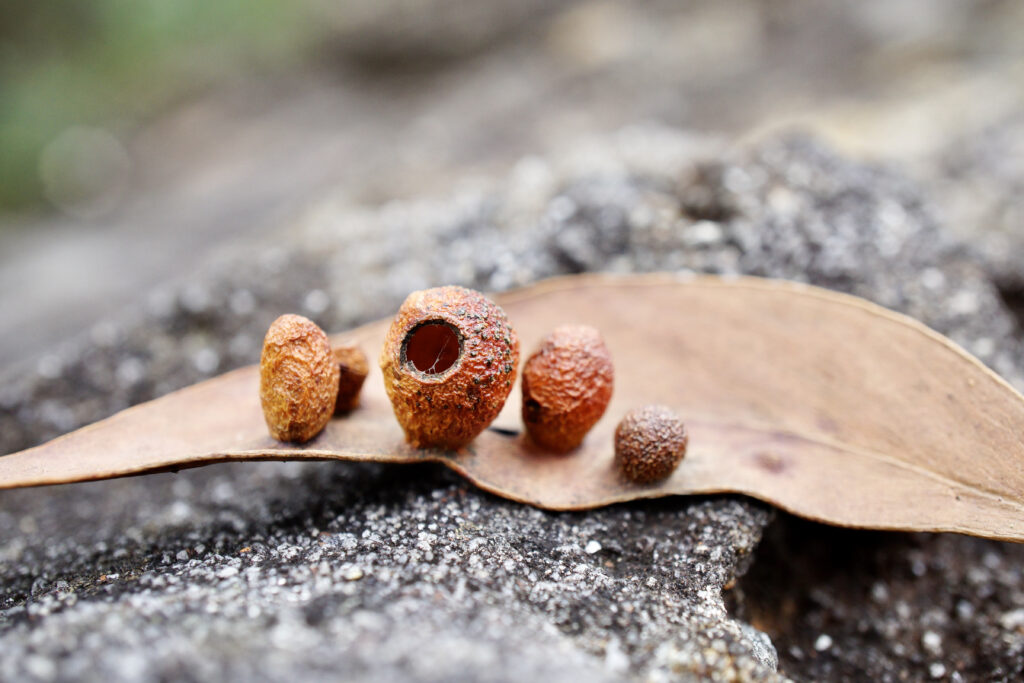
There is so much to learn about this topic, reaching into insect study and tree study.

